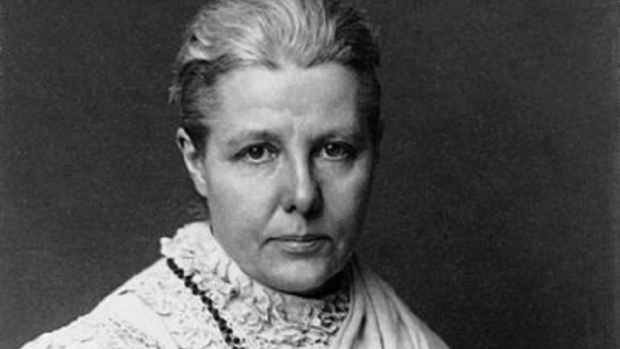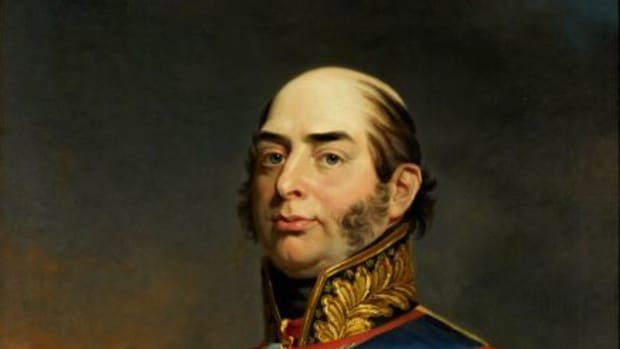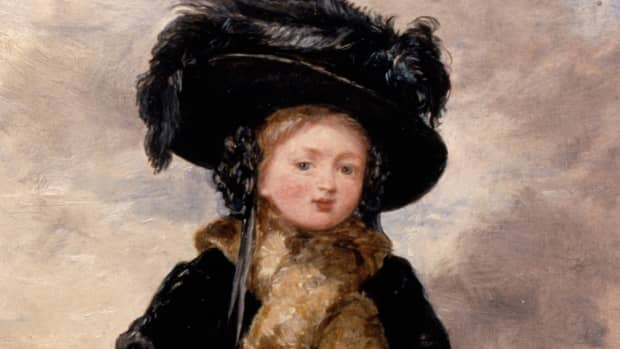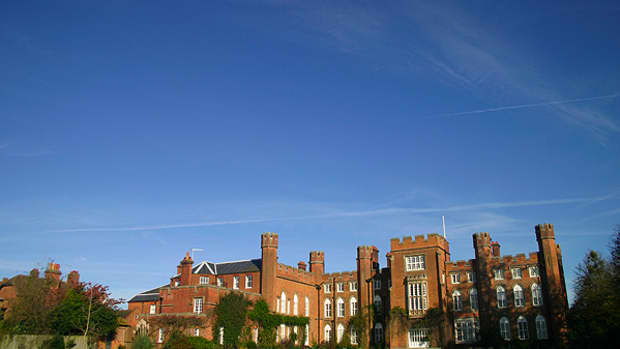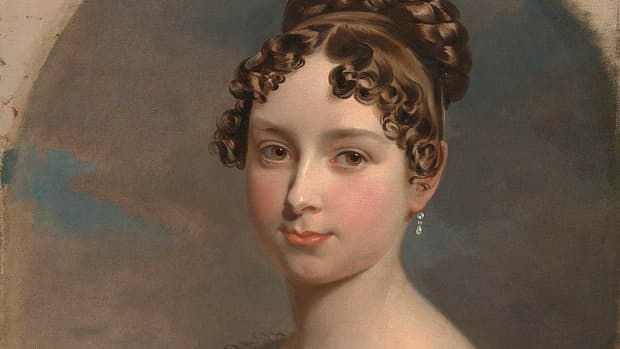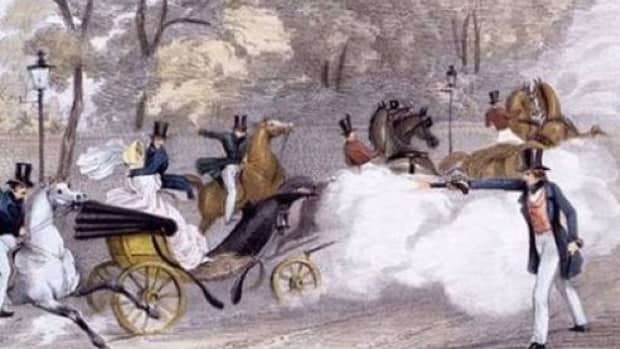Queen Victoria and the Lady Flora Hastings Scandal
Young Queen Victoria's Error
One of Queen Victoria's worst errors of judgement occurred in 1839, two years into her long reign, and it was widely written about and talked of. The queen would have preferred that it was scratched from the public record.
The Lady Flora Hastings scandal rocked the throne and Victoria was lucky to survive the public backlash; her subjects felt that their queen should have behaved better throughout, disregarded her personal prejudices and received wiser counsel from her Prime Minister William Lamb, Viscount Melbourne.
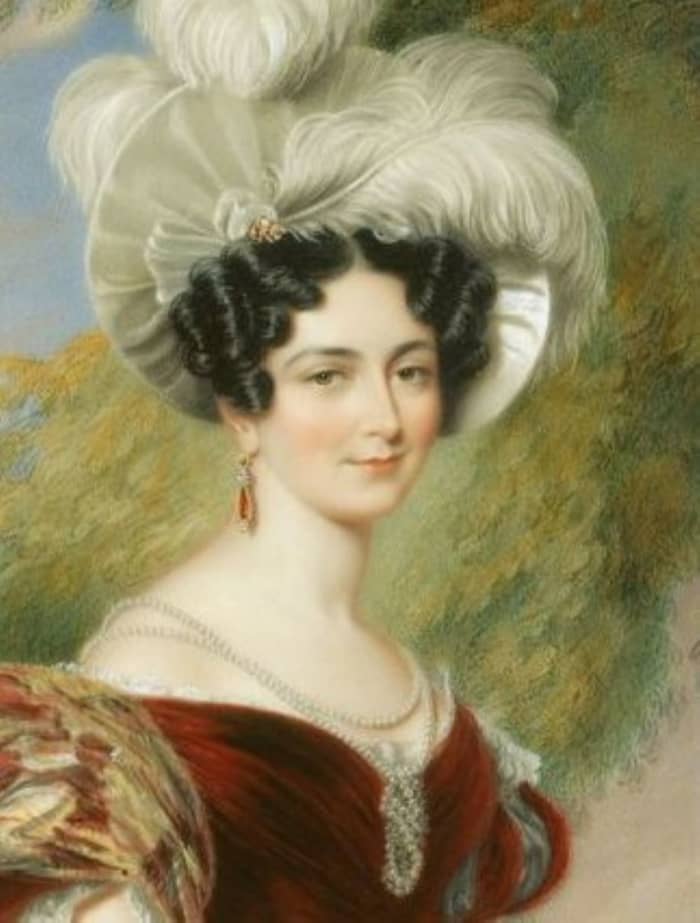
Victoire, Duchess of Kent. Queen Victoria's mother. Her household was ruled by Sir John Conroy.
Wikipedia Public Domain
Victoire, Duchess of Kent and Sir John Conroy
Installed in 1834, one of Victoire, Duchess of Kent's ladies-in-waiting was Lady Flora Elizabeth Rawdon-Hastings, the daughter of the 1st Marquess of Hastings. As a member of the duchess’ household positioned at the far end of Buckingham Palace Flora worked closely with the "devil incarnate" Sir John Conroy, ambitious comptroller of the household who had manipulated and ruled over Victoire, played on her fears and driven a wedge between mother and daughter.
Conroy had envisaged himself as the future power behind the throne, controlling Victoire and Victoria, if the latter ascended the throne before her 18th birthday and needed a regency. His aspirations for this were thwarted but Victoria could not banish him from her mother's side. The duchess trusted him as her only true friend.
Victoria viewed Flora as an integral part of the enemy camp. In early 1839 it was noticed that Flora, unmarried and so far untarnished by any sort of scandal, was suffering from a swollen abdomen and nausea. Rumours flew around the court that she must be pregnant with Sir John Conroy’s child. Victoria seized on them.
Queen Victoria's Prejudice Prevails
Queen Victoria used poor judgement when she decided that Flora must be vilified. Flora had had the audacity to dislike Victoria's beloved "Daisy" otherwise known as Baroness Lehzen, governess and advisor to the young royal. She was also not fond of "Dear Lord M." or Lord Melbourne.
Flora was complicit in Sir John Conroy's implementation and management of the Kensington System, the measures put in place to ensure Victoria's safety against rival influences and cousins in line to the throne during her childhood and adolescence.
Victoria had often been lonely and was bullied by Conroy as he manipulated Victoire into restricting her daughter's activities. So, given that Flora was one of Sir John's allies and as her abdomen swelled and she was nauseous, it seemed perfectly reasonable to Victoria that Flora was guilty as charged. Victoria even wrote of the "child" being Sir John Conroy's in her journal.
Sir James Clark, Physician-in-Ordinary to Queen Victoria made inquiries and tried to physically examine Flora. She refused. What other proof could possibly be required?
Recommended
The Hastings and Conroys Bring the Press Into the Scandal
Queen Victoria, Prime Minister Lord Melbourne, Sir James Clark, Baroness Lehzen, the Marchioness of Tavistock and the majority of the Whig (liberal) politicians and the court gossips readily accepted that Flora was with child. There could be no other explanation and there was little mercy shown in their conduct towards her.
Meanwhile, the Tory (conservative) politicians, the Hastings and Conroy families mounted a counter-campaign in the popular press declaiming the rumours and saying that Flora was being victimised. This fightback against royal derision swayed public opinion against Victoria, Dr. Clark and Lord Melbourne. In The Examiner's article, Baroness Lehzen was not named but was alluded to as a leading detractor.
Flora's Privacy Invaded to Prove Her Innocence
The public sympathy rested with Lady Flora; no one knew for certain why she was swelling around the abdomen but weren't Victoria, Lehzen, Melbourne and Clark prejudiced against her because of her association with the Duchess of Kent and Sir John Conroy? It didn't seem like fair play, a terribly important thing to the British.
Flora was pressured into permitting a medical examination by Clark who told her about the queen's insistence that Flora, shamed as she was, should marry someone suitable and amenable quietly to save the family honour and make her child legitimate. The Duchess of Kent was not included in the discussions held by Victoria and her coterie about Flora's future.
Flora was banned from court until she submitted to the examination. During the painful and roughly handled checks, she was found to be a virgin, just as she and her family had maintained. This was the confirmation that the Hastings and Conroy families were awaiting eagerly and that Victoria's camp dreaded.

Loudoun Castle in Scotland. The Hasting's family seat where Flora was laid to rest in 1839.
Roger Griffith/Wikipedia Public Domain
Lady Flora's True State of Health
Victoria was in grave trouble with her people and her mother who had believed unwaveringly in Flora's innocence. A penitent Queen Victoria visited Flora to make an apology and ultimately peace with her maligned enemy. Flora accepted the queen's apology but asked that she be the last of the Hastings to receive such a lack of justice. She was, after all, found guilty without a trial or reason.
Flora had a tumour growing on her liver which steadily distorted her abdomen. Far from bringing a life into the world, she was in the final stages of her own at the age of 33 years old. Queen Victoria visited her for the last time on the 27th June 1839.
Lady Flora Hastings passed away on the 5th July 1839. She was mourned widely. Victoria was more unpopular than at any time in her reign thus far. She was haunted by the scandal, suffered nightmares and vowed never to repeat her behaviour.
Victoria's marriage to Prince Albert in early 1840 restored goodwill towards her. She and Albert worked hard to present the image of an irreproachable royal family.
Sources
- Lady Flora Hastings, Lady-in-Waiting to The Duchess of Kent, Queen Victoria’s mother | UR
- Lady Flora Hastings – British aristocrat | Britannica
- Queen Victoria & The Lady Flora Hastings Scandal | History of Royal Women
More on Queen Victoria's Life
- Princess Victoria: "A Glorified Maid"
Princess Victoria of Wales was Edward VII and Queen Alexandra's second daughter. Her life was marked by an air of sacrifice. Not all princesses get a fairytale ending. - Queen Victoria: The Highly Controlling Mother
She was a tyrant who tried to rule every aspect of her children's lives. - The Fascinating Love Story of Queen Victoria and Abdul
The unconventional love story of Queen Victoria and her handsome, young Indian attendant, Abdul Karim, scandalized England and infuriated the British Royals.
This content is accurate and true to the best of the author’s knowledge and is not meant to substitute for formal and individualized advice from a qualified professional.



